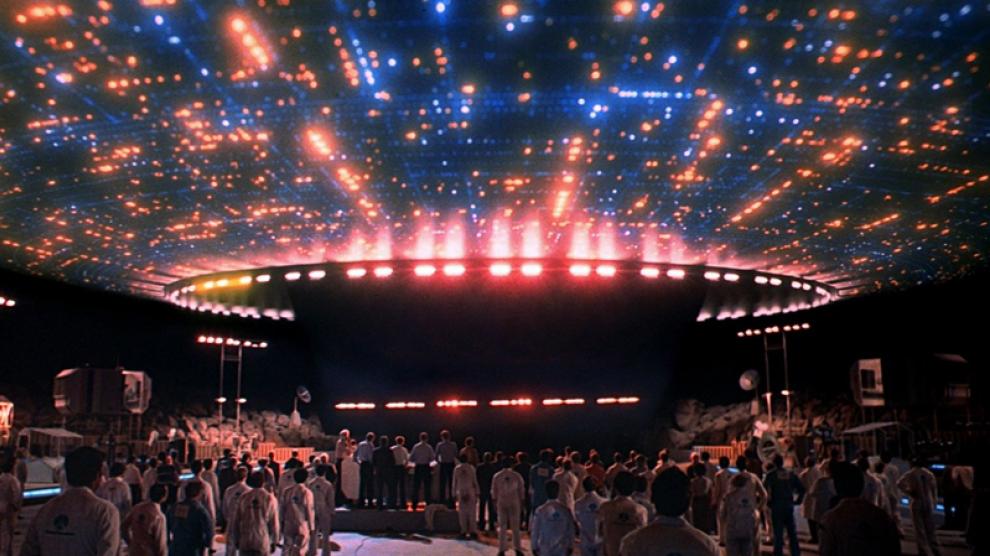Then

Hollywood cinema has repeatedly shown us that there are planets that carry other civilizations in sophisticated spacecraft and that they may or may not be the worst. But does this make sense in scientific terms?
By 20 minutes
A Spanish amateur astronomer has wondered if any hostile alien civilization is lurking in the Milky Way galaxy, home to millions of habitable planets. And his answer is yes; As a matter of probability four of them may look at us with dark intent: they will occupy the earth if they can.
The short review (8 pages) was written by Alberto Caballero and published in the ArXiv database, yes peer review (rating between experts used by scientific journals). This student, who holds a doctorate in conflict resolution from the University of Waikoloa, wondered how it was possible for humans to one day interact with a hostile alien civilization capable of invading our planet.
“As a human civilization, this work seeks to assess the spread of hostile extraterrestrial civilizations by expanding the probability of attacking or invading the exoplanet we live in,” Caballero writes in his speech.
How we are as human beings
To answer for himself, he began by looking at the history of mankind. He calculated the number of countries on earth that occupied other countries between 1915 and 2022. A total of 51 of the 195 countries in the world have launched some kind of invasion during that period, with the United States leading the way.
Next, Alberto Caballero weighed the probability that each country would launch an invasion based on the percentage of world military spending. The United States is again at the top with 38% of world military spending. He then added up the probability that each country would trigger an invasion and divided that amount by the total number of countries on earth.
In this way he obtained something like the formula for our desire to conquer other planets, which he calls “the present human probability of the invasion of an extraterrestrial civilization.” That probability is 0.028% today.
But even if we want to … man does not currently have the ability to travel between galaxies. That’s why, according to Live Science, Caballero calculated when we could face an odyssey like this. According to the Kardashian criteria (the system for classifying the growth rate of a civilization based on its energy expenditure), at the current rate of technological advancement, humans could take another 259 years to travel between galaxies (astronomy, type 1 civilization).
To continue reading, click Here.





:quality(85)/cloudfront-us-east-1.images.arcpublishing.com/infobae/KTKFKR763RBZ5BDQZJ36S5QUHM.jpg)